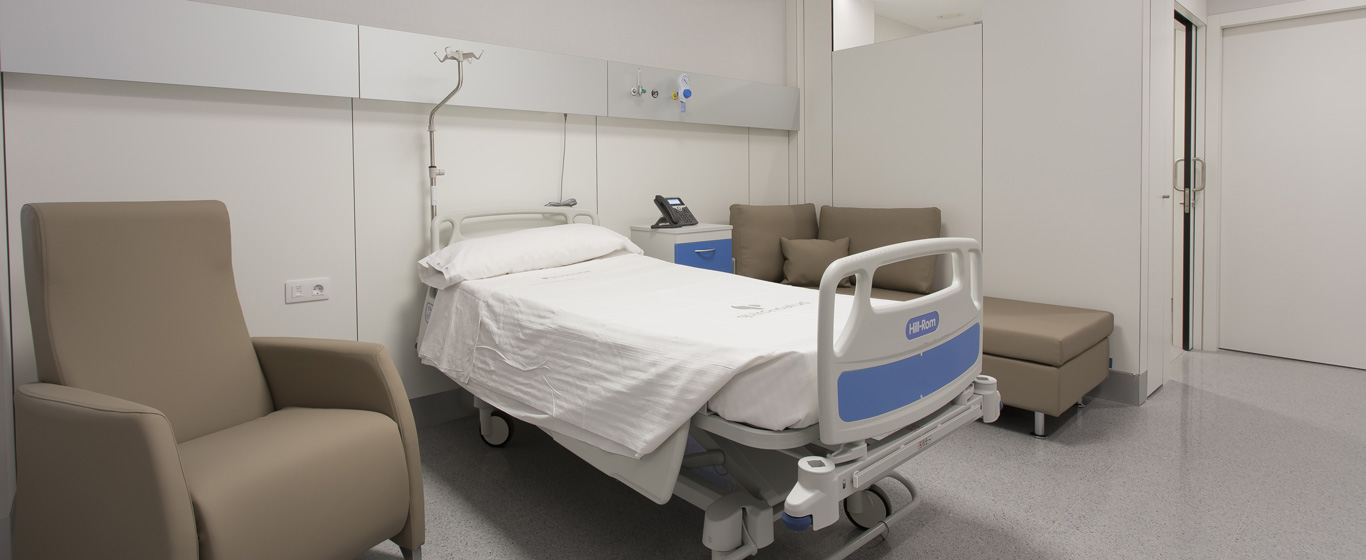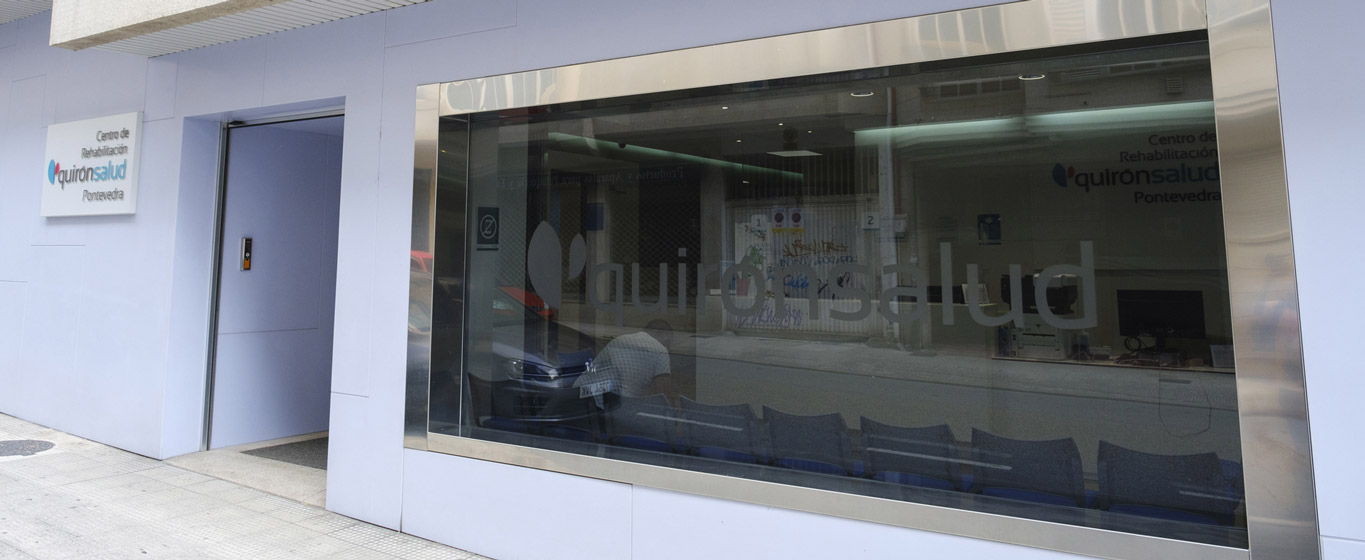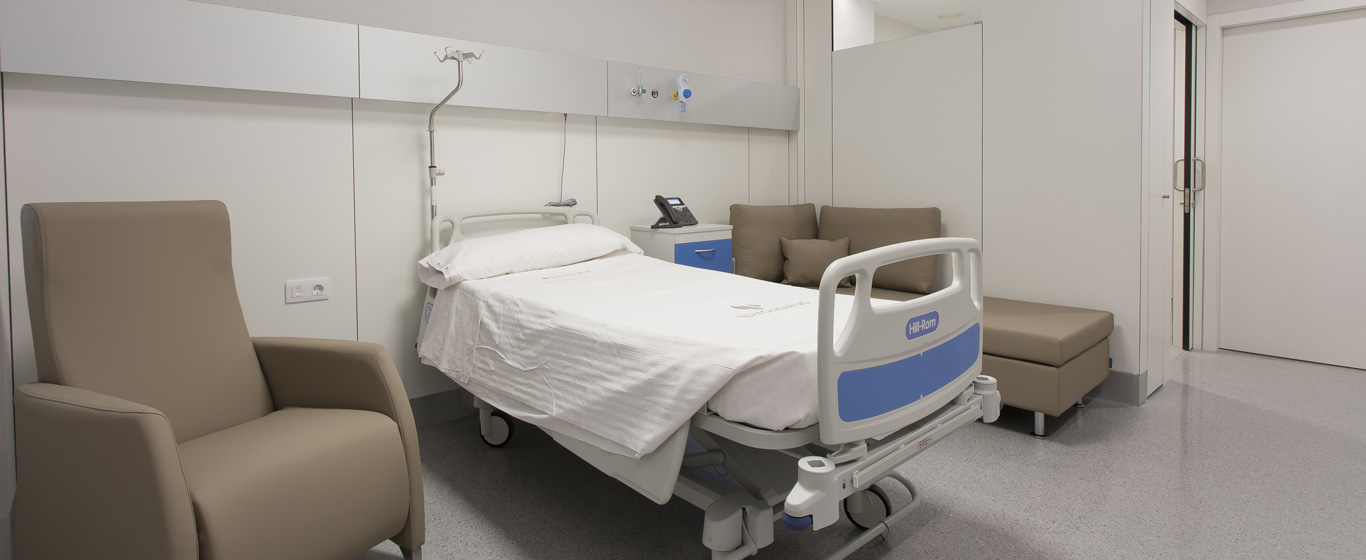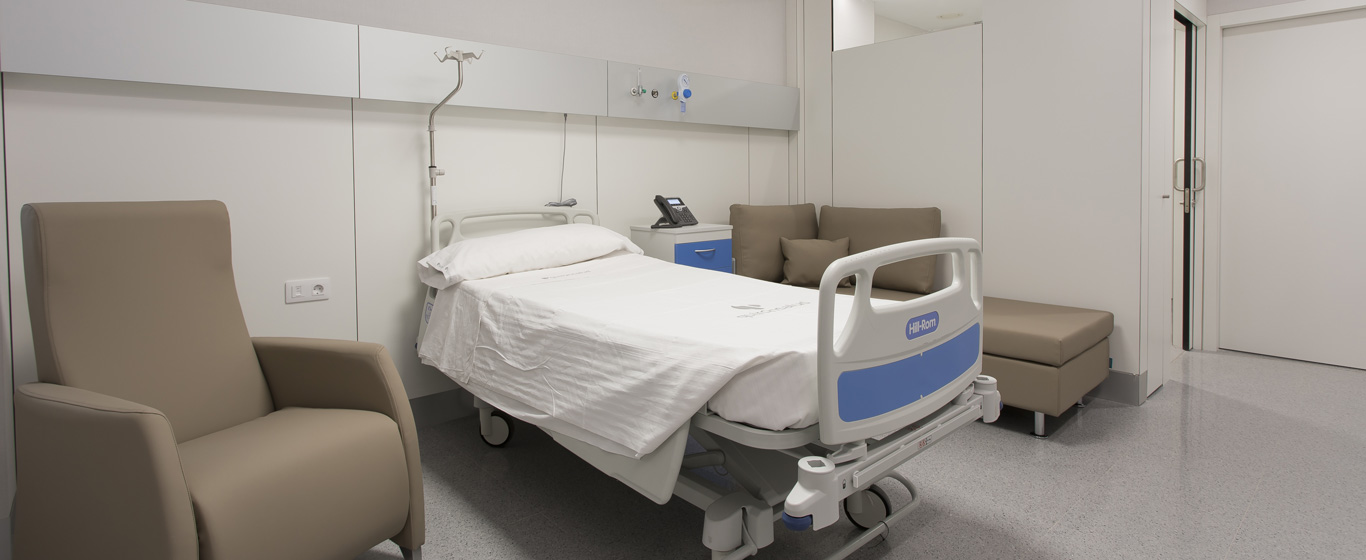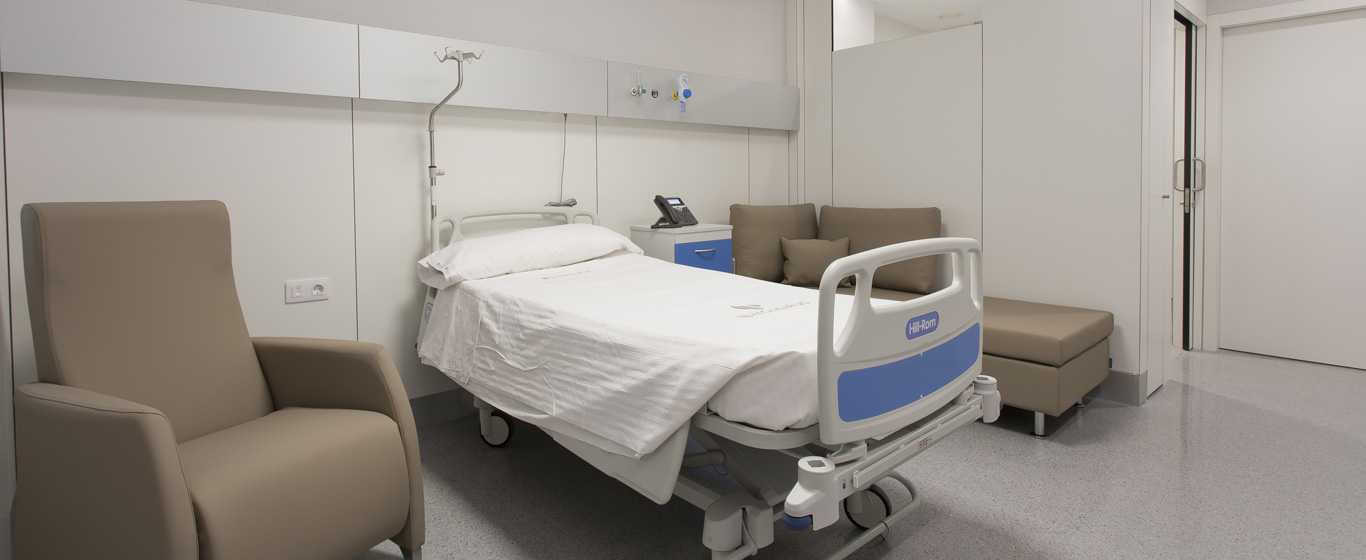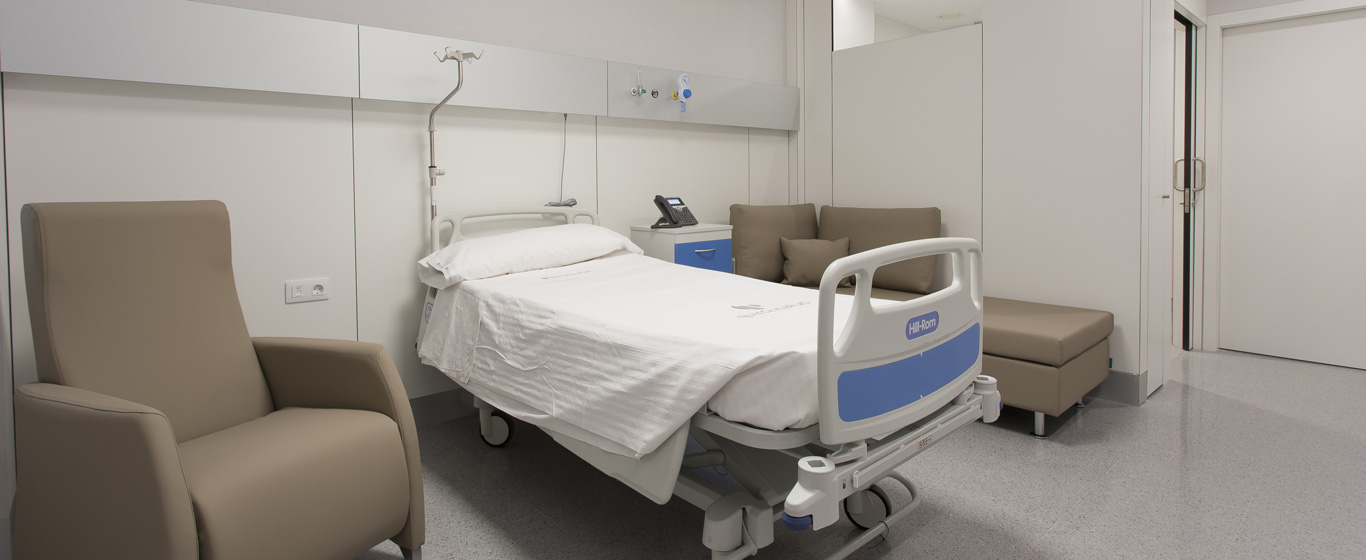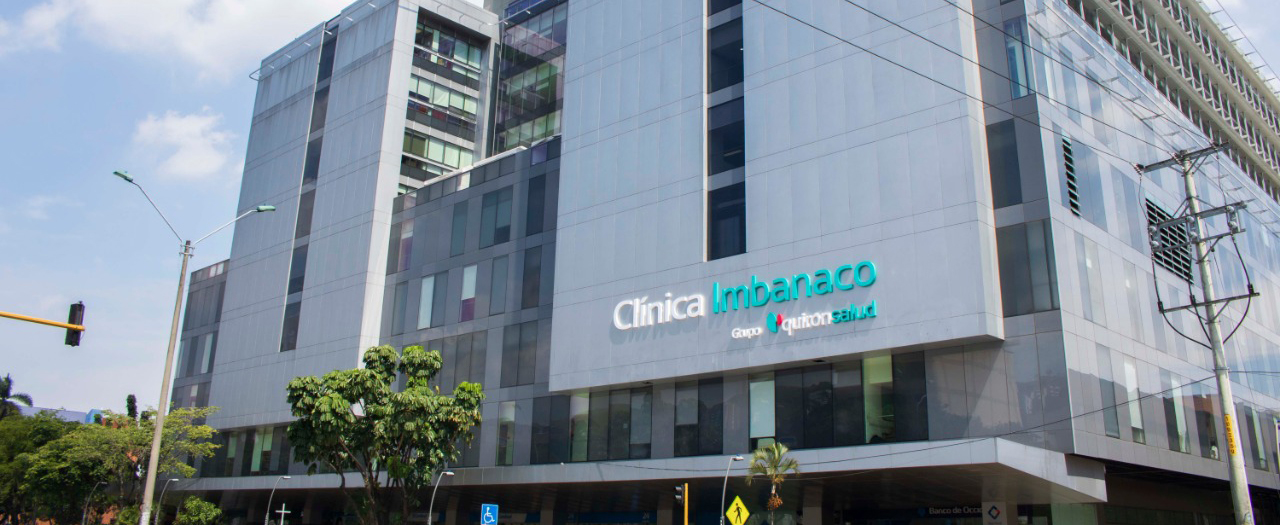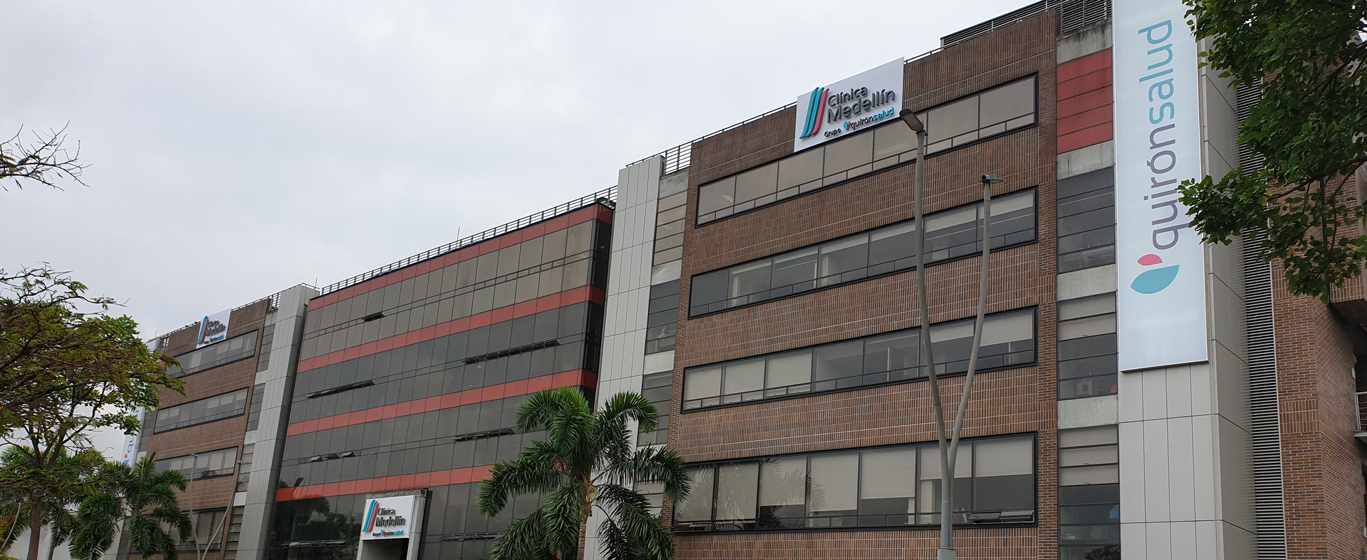Overactive Bladder Syndrome
What solutions are there for overactive bladder? Information on its causes and symptoms, as well as tips for prevention and treatment.
Symptoms and Causes
Overactive bladder syndrome causes a sudden and urgent need to urinate that cannot be controlled. At times, this condition leads to urinary incontinence both during the day and at night.
Although it is not a serious disease, overactive bladder syndrome significantly reduces the quality of life, as affected individuals often limit their social interactions.
In most cases, current treatments, based on specific exercises and lifestyle changes, allow for the restoration of normal bladder function without the need for more invasive approaches.
Symptoms
The main symptom of overactive bladder is the constant feeling of needing to urgently urinate. It is also often associated with other signs such as:
- Involuntary urine loss
- Urinating more than eight times a day
- The need to get up to urinate at night
Causes
Overactive bladder syndrome occurs when the pelvic floor muscles contract on their own, causing the sensation of needing to urinate even when the nerve signals do not indicate that the bladder is full. This dysfunction in muscle function can be caused by:
- Neurological disorders
- Hormonal changes
- Urinary tract infections
- Tumors or kidney stones
- Overflow urinary incontinence (the bladder does not empty completely when urinating)
- Cognitive function deterioration
- Diabetes
Risk Factors
Some factors that increase the risk of developing overactive bladder include:
- Aging (muscle mass loss, menopause, prostate enlargement, cognitive decline, increased difficulty walking)
- Urinary tract infections
- Neurological diseases such as multiple sclerosis
- Certain medications
Complications
Overactive bladder syndrome can lead to social isolation, as well as cause depression, anxiety, or sleep disturbances.
Prevention
Maintaining a healthy lifestyle helps prevent overactive bladder: exercising regularly, following a balanced diet, and avoiding alcohol consumption.
Additionally, strengthening the pelvic muscles through Kegel exercises is highly beneficial. To do these, contract the muscles for about five seconds, rest for the same amount of time, and repeat at least ten times. To achieve the desired results, it is recommended to repeat each set three times a day.
What doctor treats overactive bladder?
Overactive bladder is treated by urologists, and in the case of women, also by gynecologists. When caused by age-related factors, a geriatrician may also be consulted.
Diagnosis
To diagnose overactive bladder, the patient's symptoms and medical history are reviewed. The following tests are also commonly performed:
- Physical exam to check the condition of the bladder
- Voiding diary to determine the frequency of urination or the urge to urinate
- Blood and urine tests to rule out other diseases or infections
- Urodynamic study to assess bladder function, capacity, and the pressure capacity of the surrounding muscles
- Bladder ultrasound to detect possible abnormalities or conditions like cysts, stones, or tumors
- Uroflowmetry to measure the volume and speed of urine flow during urination
- Measurement of residual urine left in the bladder after urination
Treatment
There are many different approaches to treating overactive bladder. The most commonly used include:
- Kegel Exercises: These exercises to strengthen the pelvic floor muscles help both to prevent the condition and to reverse it once it has manifested.
- Biofeedback: A technique that helps control bladder functions through the use of electrical stimuli.
- Bladder Training: This involves gradually delaying the need to urinate by a few minutes, progressively extending the time until urination is delayed for two to three hours.
- Medications: Sometimes, estrogen pills are necessary to strengthen the bladder muscles during menopause.
- Intravesical Injections with Neuromodulators: These relax the muscles and help alleviate overactive bladder symptoms for about six months, showing improvement in urinary incontinence in patients resistant to pharmacological treatment.
- Posterior Tibial Nerve Neuromodulation or Sacral Nerve Root Neuromodulation
- Bladder Surgery: As a last resort, the bladder can be enlarged using intestinal tissue or even completely reconstructed.







